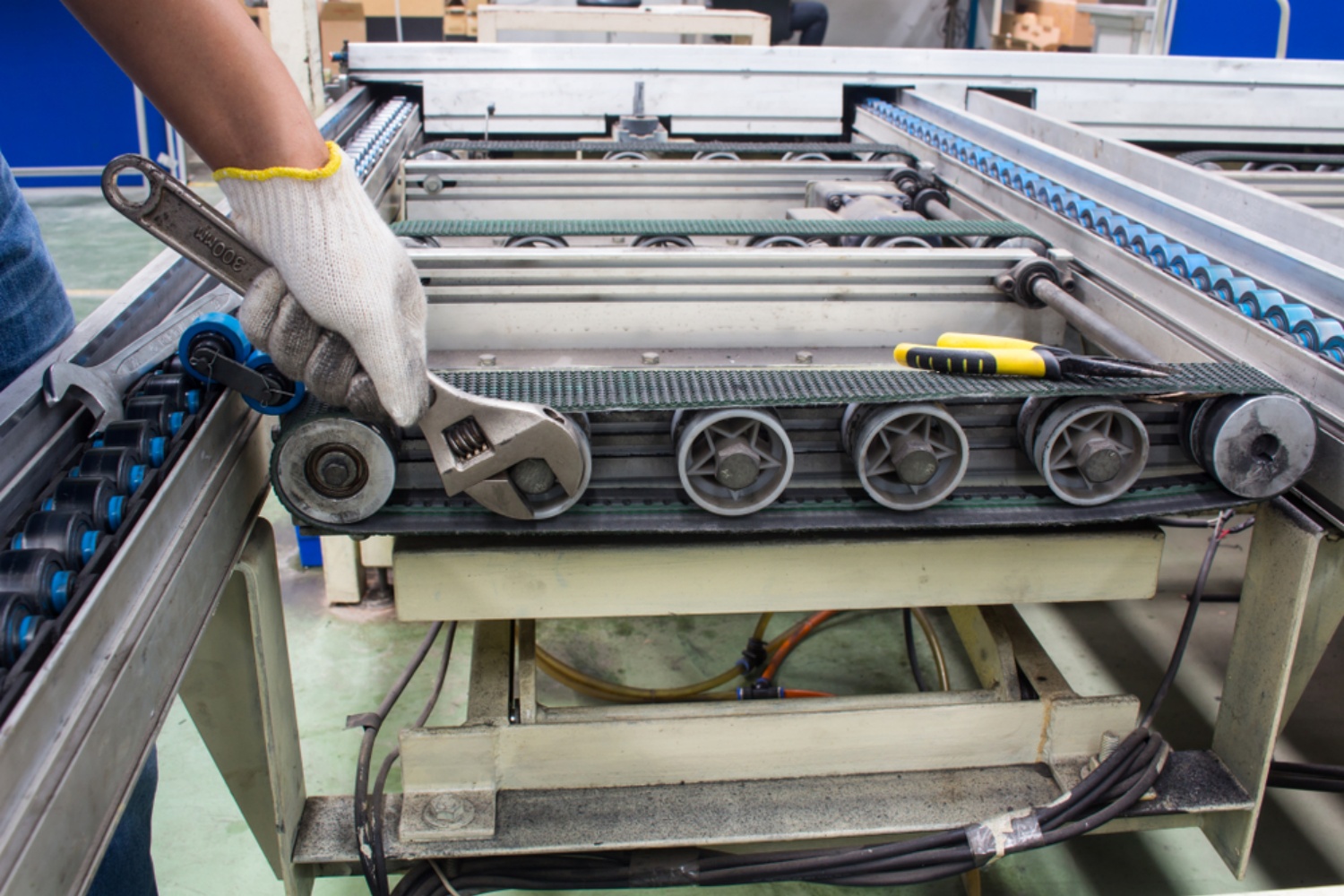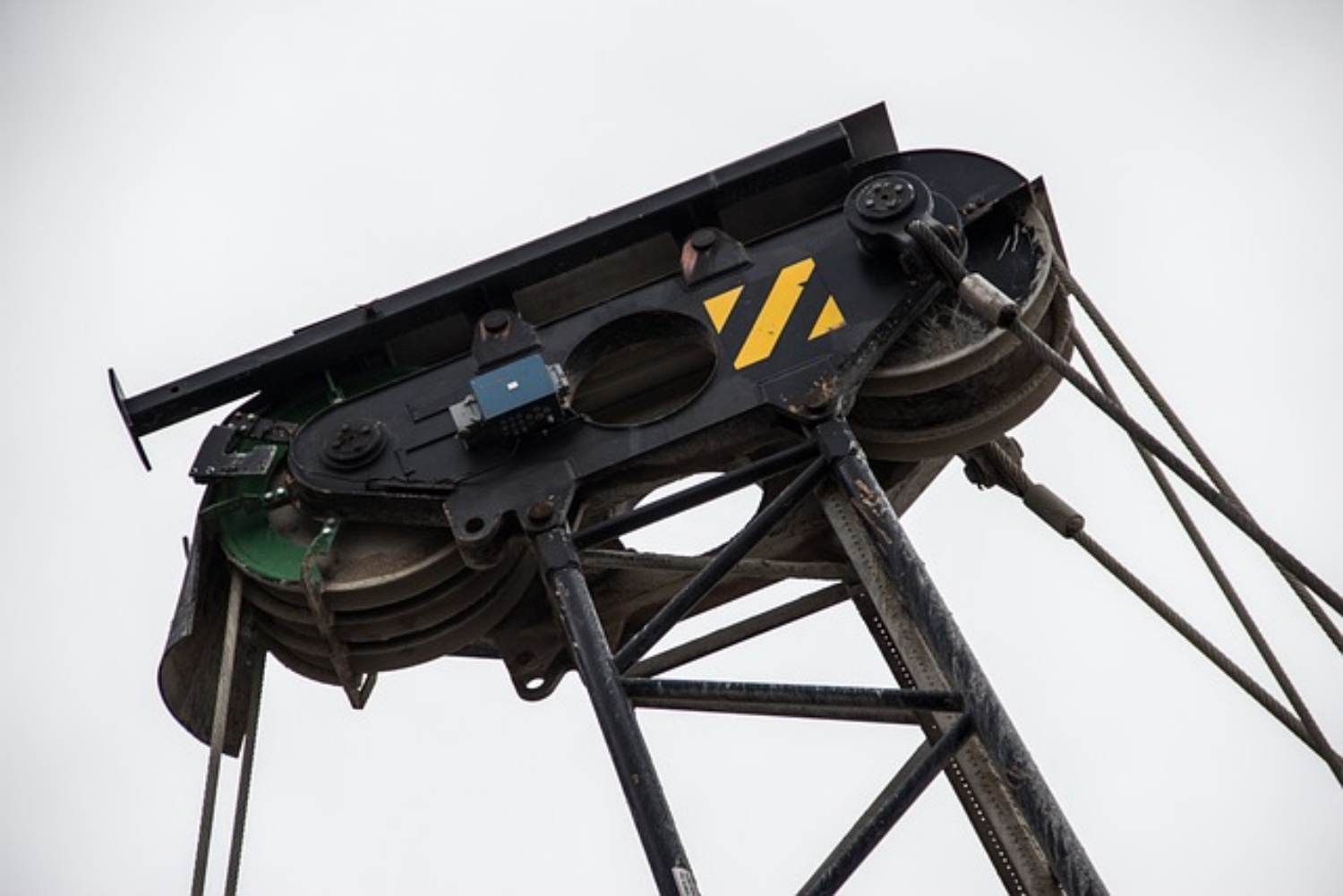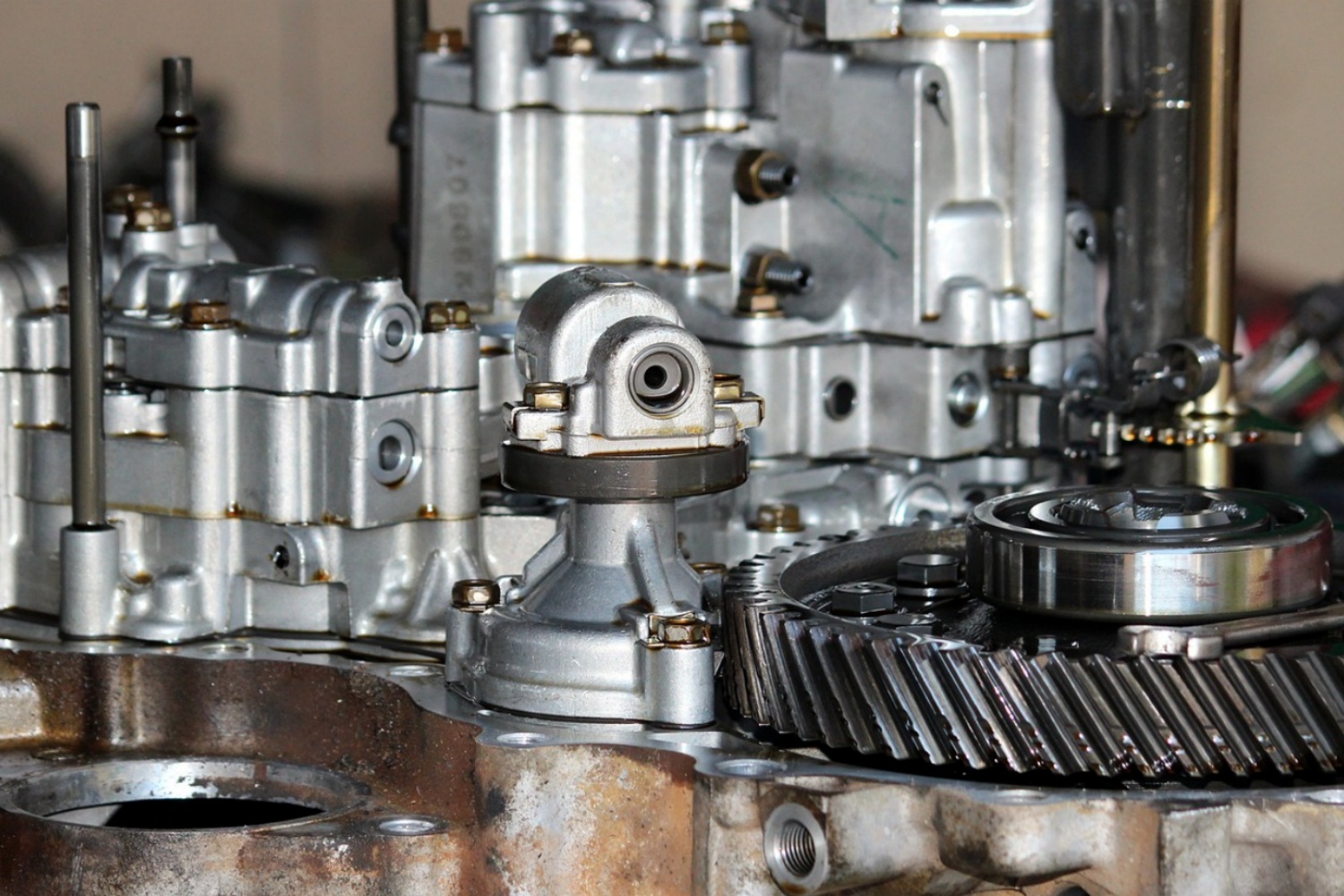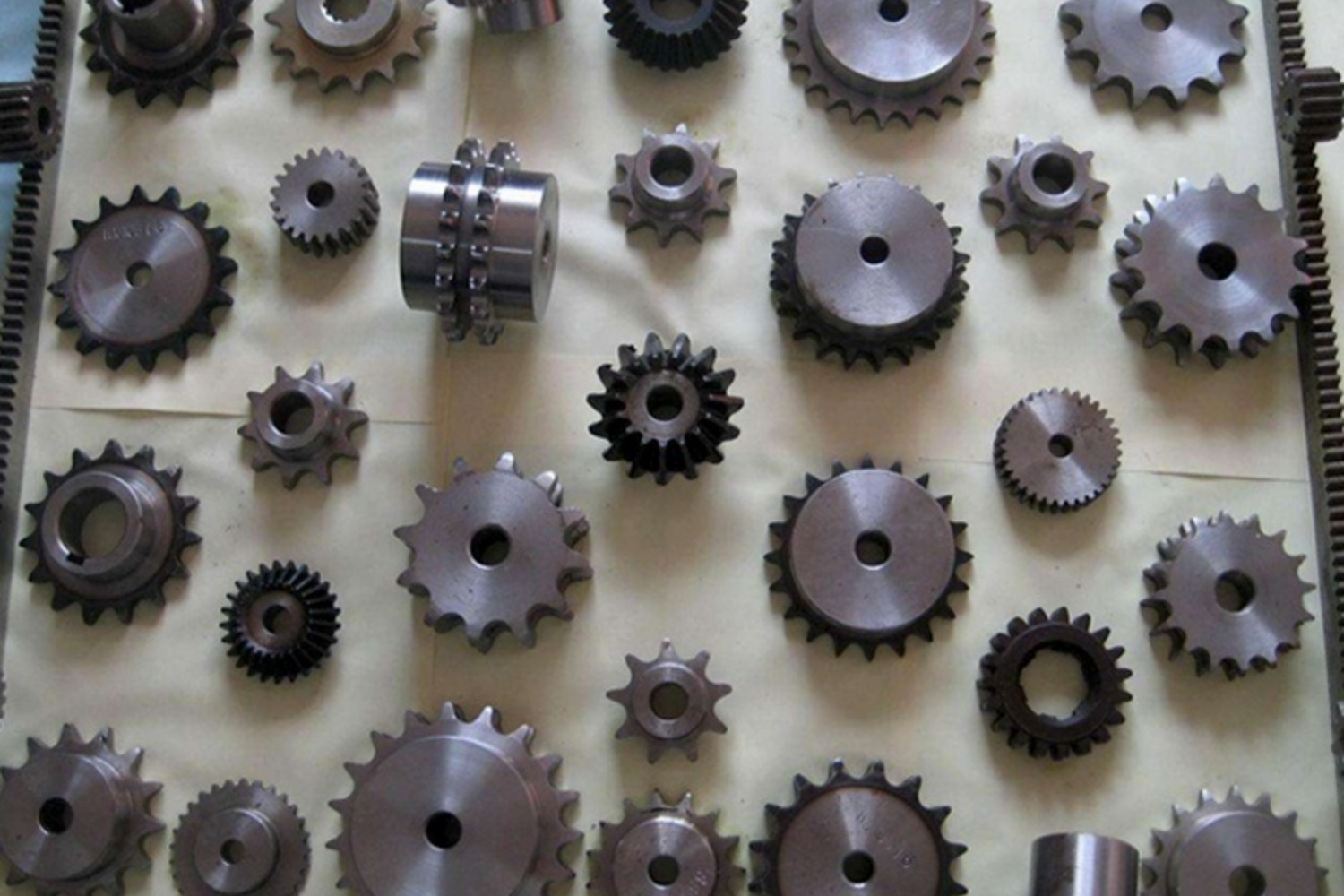Conveyor systems are the backbone of many industries, facilitating the efficient movement of materials across manufacturing floors, warehouses, and distribution centers. At the heart of these systems are conveyor sprockets, essential components that drive the chains and belts, ensuring smooth operation. However, like any mechanical part, sprockets are subject to wear and tear over time. Proper maintenance is crucial to extend their lifespan, prevent costly downtime, and maintain the overall efficiency of the conveyor system.
Understanding Conveyor Sprockets
Conveyor sprockets are toothed wheels that engage with the conveyor chain or belt, driving the movement of the system. They are typically made from durable materials such as steel, cast iron, or hardened alloys to withstand the stress and strain of continuous operation. Sprockets are designed in various sizes and configurations to match the specific needs of different conveyor systems, including the pitch of the chain and the load requirements.
The teeth of the sprocket must be precisely machined to ensure proper engagement with the chain or belt. Any misalignment or damage to the teeth can lead to slippage, increased wear, and eventual system failure. Therefore, regular inspection and maintenance of sprockets are essential to ensure the smooth functioning of the conveyor system.
Common Issues with Conveyor Sprockets
Before delving into maintenance practices, it’s essential to understand the common issues that can affect conveyor sprockets:
- Wear and Tear: Over time, the constant friction between the sprocket teeth and the conveyor chain or belt can lead to wear. This wear can manifest as rounding of the teeth, elongation of the chain, or increased spacing between the sprocket teeth.
- Misalignment: If the sprocket is not correctly aligned with the conveyor chain or belt, it can cause uneven wear on the sprocket teeth and the chain. Misalignment can also lead to chain jumping, which can cause significant damage to both the sprocket and the chain.
- Corrosion: In environments with high humidity, chemical exposure, or abrasive materials, sprockets can corrode over time. Corrosion weakens the sprocket material, leading to premature failure.
- Improper Lubrication: Lack of proper lubrication can cause excessive friction between the sprocket teeth and the chain, leading to increased wear and the potential for overheating.
Maintenance Best Practices
To ensure the longevity and optimal performance of conveyor sprockets, the following maintenance practices should be implemented:
Regular Inspections:
Conduct routine visual inspections of the sprockets to check for signs of wear, misalignment, or damage. Look for rounding of the teeth, unusual wear patterns, or cracks in the material.
Use a straightedge or laser alignment tool to check the alignment of the sprocket with the conveyor chain or belt. Correct any misalignment immediately to prevent further damage.
Proper Lubrication:
Apply the appropriate lubricant to the sprocket teeth and the conveyor chain regularly. Ensure that the lubricant is compatible with the operating environment and does not attract dust or debris.
Consider using automated lubrication systems for large or complex conveyor systems to ensure consistent lubrication and reduce manual maintenance requirements.
Timely Replacement:
Replace sprockets that show significant signs of wear, such as rounded teeth or cracks. Continuing to operate with worn sprockets can lead to more extensive damage to the conveyor system.
When replacing sprockets, ensure that the new sprockets are compatible with the existing conveyor chain or belt. Mismatched components can lead to improper engagement and accelerated wear.
Corrosion Protection:
In environments prone to corrosion, consider using sprockets made from corrosion-resistant materials or applying protective coatings to the sprockets.
Regularly clean the sprockets and conveyor system to remove any corrosive substances that may have accumulated.
Monitoring and Record-Keeping:
Keep detailed records of all maintenance activities, including inspections, lubrication schedules, and replacements. This information can help identify patterns of wear and inform future maintenance decisions.
Use monitoring systems that track the performance of the conveyor system, including sprocket wear and chain tension. These systems can provide early warnings of potential issues, allowing for proactive maintenance.
The Importance of Preventive Maintenance
Preventive maintenance is the key to ensuring the long-term reliability of conveyor sprockets. By addressing potential issues before they lead to system failure, industries can avoid costly downtime, reduce repair expenses, and extend the lifespan of their conveyor systems. Regular maintenance also contributes to the overall safety of the workplace, as well-maintained equipment is less likely to cause accidents or injuries.
Conveyor sprockets are critical components that require regular attention to ensure the smooth operation of conveyor systems. By following best practices for maintenance, including regular inspections, proper lubrication, timely replacement, and corrosion protection, industries can maximize the performance and longevity of their conveyor sprockets. In doing so, they can maintain high levels of productivity, minimize downtime, and ensure the safe and efficient operation of their conveyor systems.
CONTINUE READING
Related Posts
In the world of mechanical engineering, the importance of power transmission components cannot be overstated. Among these, V-pulleys play a […]
In the world of machinery, understanding each component’s function is crucial for anyone involved in the field, whether professionally or […]
Custom sprockets stand as testament to the precision and innovation inherent in modern engineering. Each custom sprocket begins its journey […]






